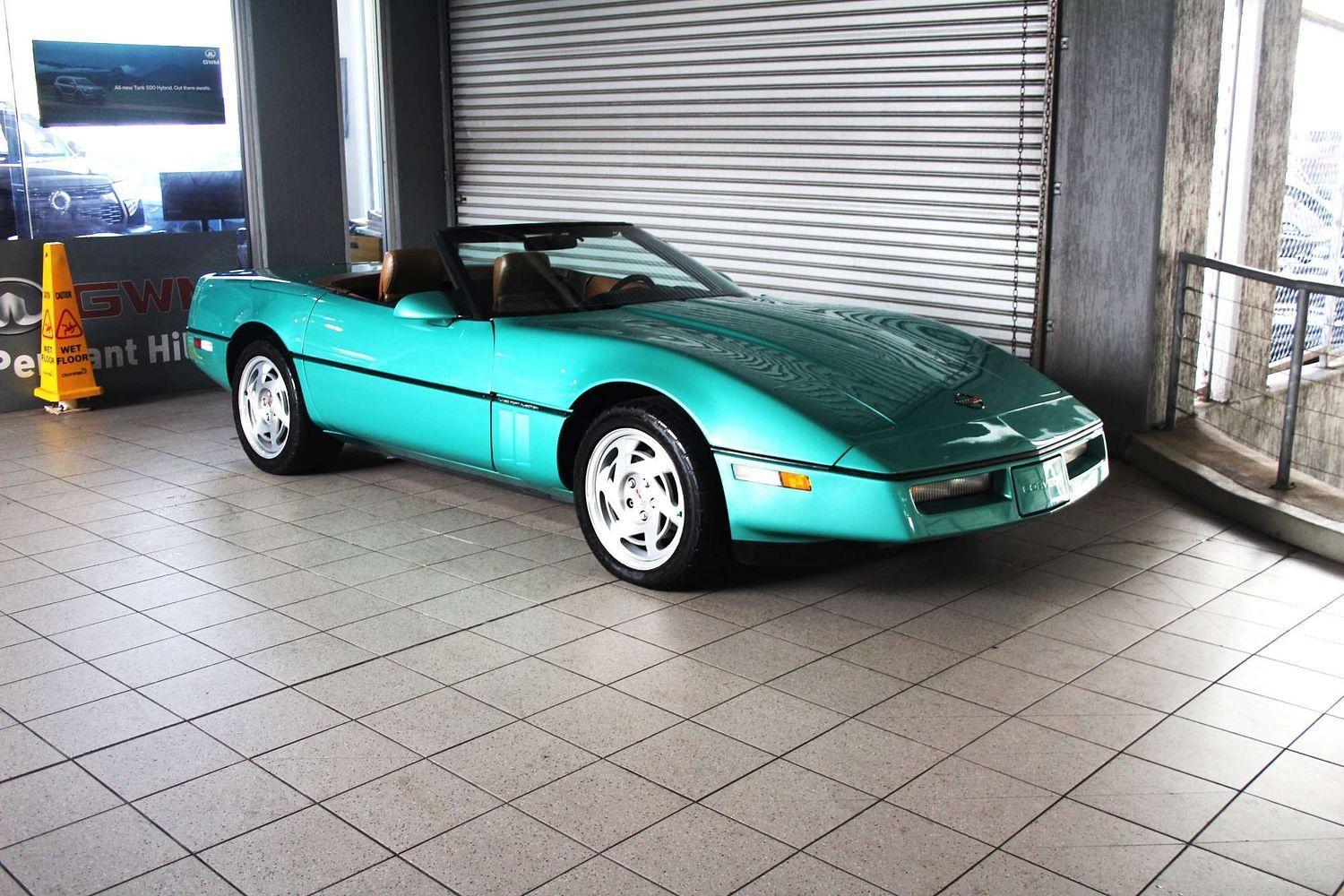PREVIEW – Citroën at Motorclassica 2019
Words & Photos: Motorclassica
Motorclassica 2019 will be held at the Royal Exhibition Building from 11-13 October. For ticketing http://bit.ly/inarticlecitreon

Citroën, France’s most innovative vehicle marque, reaches its centenary milestone in 2019, and that milestone will be celebrated at Motorclassica in October.
Motorclassica is marking an anniversary of its own in 2019, with the tenth annual Australian International Concours d’Elegance and classic motor show to be held at Melbourne’s World Heritage-listed Royal Exhibition Building.
Australasia’s premier annual exhibition of rare, classic, collectable and significant cars and motorcycles, Motorclassica will pay tribute to Citroën with a specially-selected display this 11 – 13 October.

Citroën Classics
Motorclassica will present a display of 17 iconic Citroën models, ranging from the very first Type A two-door cabriolet of 1920, through to the seminal Maserati-engined SM from 1970. Of course, the display will include the better-known Citroën models, like the DS, 2CV and Traction Avant. The special centennial display is tipped to include a few special treats, too.
Ben Farlow, Managing Director of Citroën Australia, believes Motorclassica provides the ideal platform to celebrate Citroën’s 100th anniversary in this country.
“During 2019, Citroën is celebrating its 100th year via a number of events. Motorclassica is the ideal opportunity for us to celebrate a centenary of innovation while providing us with the opportunity to connect with enthusiasts via our latest vehicles,” Farlow said.
“While not all can be revealed yet, there will be a few surprises in store for Citroën fans and car enthusiasts attending Motorclassica.”
Paul Mathers, Motorclassica Event Director, welcomed the Citroën display to this year’s Australian International Concours d’Elegance and classic motor show, and predicts the vehicles representing this long-lived and innovative marque will prove popular with showgoers.
“In the history of the automobile it’s arguable, indeed probable, that Citroën has been the most innovative of all manufacturers,” Mathers said.
“It has been responsible for so many innovative and now-iconic models, like the Traction Avant, the 2CV, DS, CX, Mehari, the SM, the C6 and so many more.
“Alongside our tribute to its centenary it is fantastic to be able to welcome Citroën Australia to Motorclassica this year as an official partner and participant in the many activities we have planned,” Mathers added.


Modern French
As well as presenting classics from the brand’s past, Citroën will also showcase its current range.
For a more immersive Citroën experience, Motorclassica visitors will also be able to test drive the marque’s latest models at a pop-up activation in the Royal Exhibition Building’s eastern forecourt.
Motorclassica 2019 will be held at the Royal Exhibition Building from 11-13 October. For ticketing information, more details on what’s going to be on show, and all the latest news ahead of this year’s 10th Anniversary event, go to https://motorclassica.com.au/


The first ‘Lap of the Map’
The Citroën display at Motorclassica will also include a ‘5CV’; a car that may seem unremarkable on first viewing, but nevertheless played a significant role in Australia’s automotive history.
Introduced in 1922, the 5CV (5 horsepower) was a light car; Citroën’s first in a market segment then dominated domestically by Renault and Peugeot.
Also known as the Type C, 5HP and Baby Citroën, the 5CV was also Citroën’s first volume-production model, with more than 80,000 built over a five-year period.
Powered by an 856cc inline four engine, mated to a 3-speed manual transmission driving the rear wheels, the 5CV was light, durable and reliable, making it popular in Europe and beyond, including Australia, where more than 2,000 were sold.
As durable and reliable as the 5CV was, Citroën’s designers and engineers probably never imagined one being driven around Australia. Nevertheless, that’s what happened in 1925 when a 5CV became the first automobile to circumnavigate the continent.
In August, 1925, Nevill Westwood, a Western Australia-based missionary, and his friend Greg Davies, set off from Perth in a second-hand 5CV that had already racked up more than 40,000 miles.
What was originally planned to be a missionary mission into northern WA became bolder - by the time the pair had reached the Northern Territory by late September, they were determined to continue… Or at least Westwood was.
Crossing remote parts of the Northern Territory and Queensland, getting lost on occasion, requiring horse and aboriginal support in getting out of bogs and sand, and sometimes covering only a few miles in a day, the pair had more than their fair share of travails until they encountered better conditions and “proper” roads (by 1925 standards!) in New South Wales. But when the Citroen reached Albury in mid-December, Davies decided he’d had enough and pulled out of the journey.
From Albury, Westwood continued solo, heading to Melbourne, then Adelaide and across the Nullarbor Plain before arriving back in Perth on 30 December, 1925.
As remarkable as completing such a journey was, what was more impressive is that it was done largely unassisted. Westwood called on local blacksmiths as required and secured his own spares, fuel and provisions. As word of the journey got out, some supplies, including spare tyres and tubes, were made available, but even these were merely discounted, not donated.
At the finish, Westwood and his Baby Citroen, nicknamed ‘Bubsy’, had covered 10,700 miles (17,200km) in 148 days. The ‘lap of the map’ has been done many times since, including by Westwood himself on a couple more occasions, but that 1925 journey remains the first.
In the 1960s, the 5CV passed to Westwood’s son, who completed a restoration on it in the 1980s.
In 2000, plans to use the car in a 75th Anniversary recreation of the drive ultimately didn’t come to fruition, but its significance in Australian history saw the Citroën acquired by the National Museum of Australia in Canberra, where it resides to this day.














